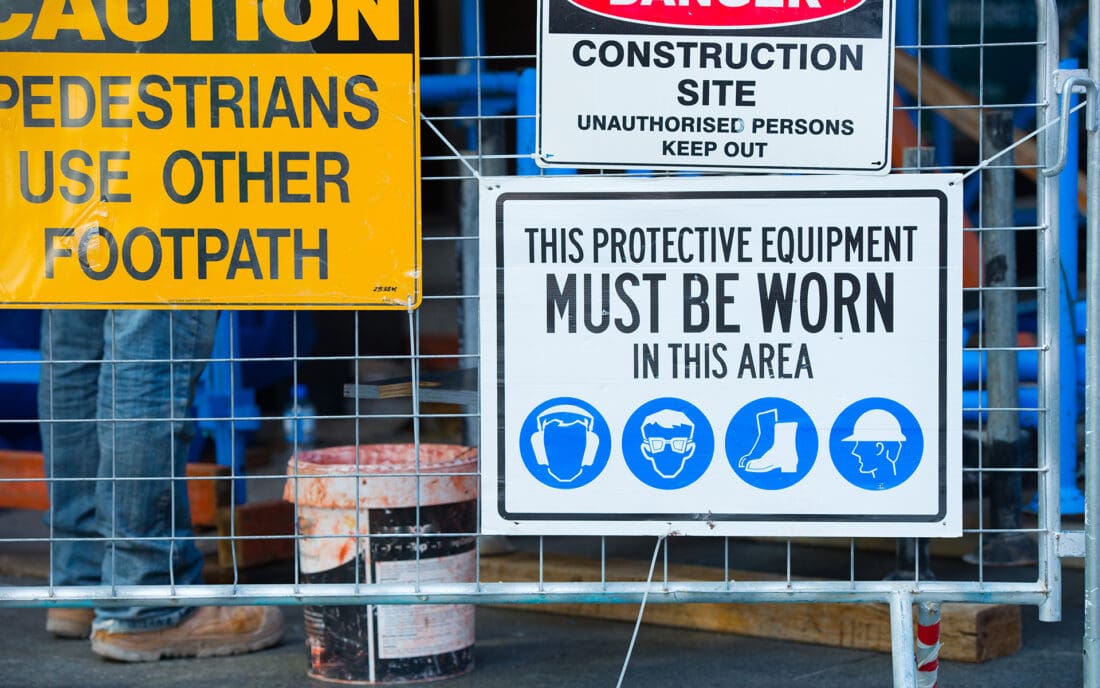Emergency Preparedness in Construction
Construction is an inherently hazardous industry; it involves strenuous outdoor work with bulky materials and, often, heavy equipment. Construction workers labor in dangerous environments, facing harsh weather and unstable terrain.
Clearly, emergency preparedness must be a primary consideration for anyone involved in the building trade. Responsible contractors know the risks and prepare accordingly.
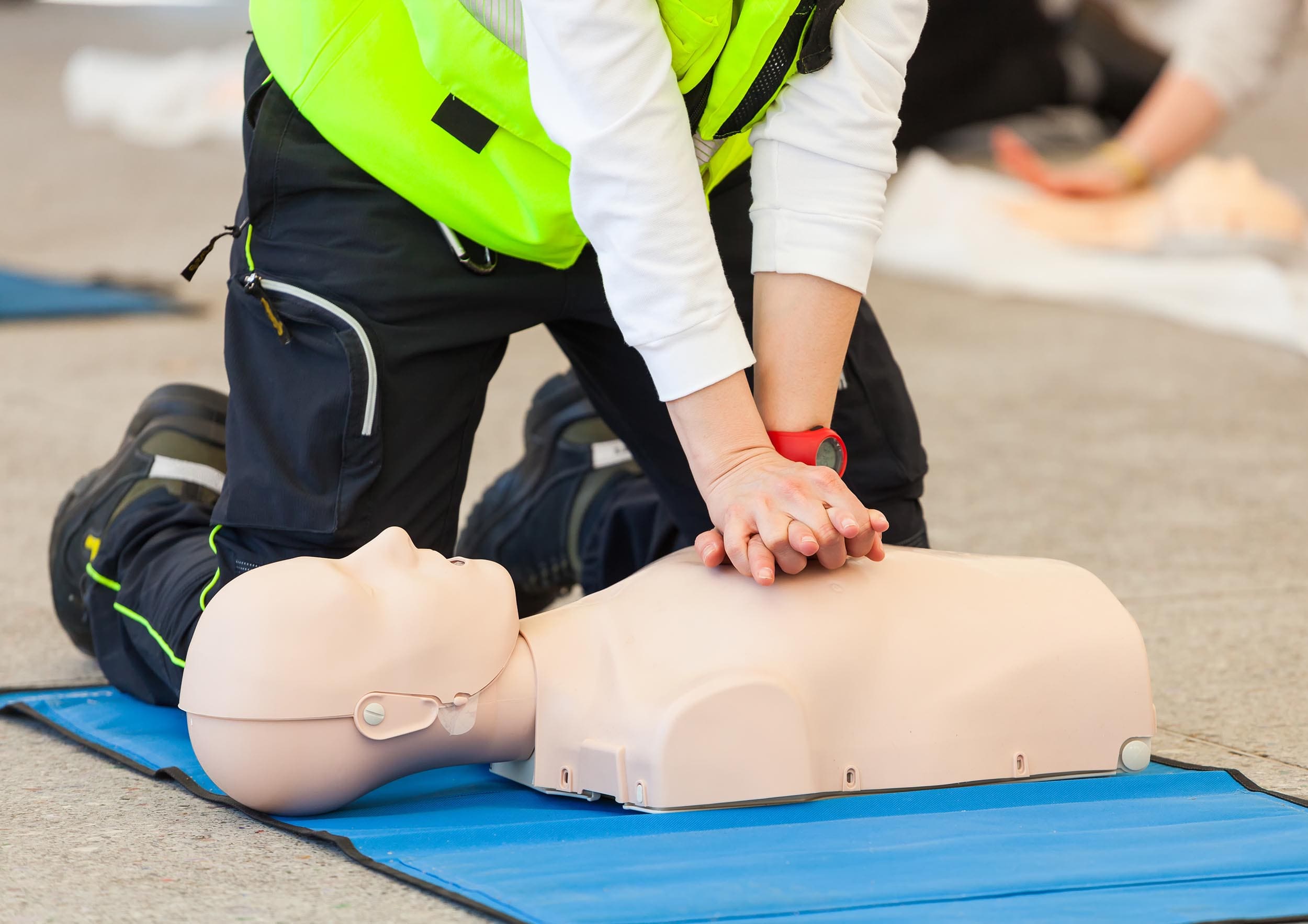
PREPARING FOR CONSTRUCTION WORKPLACE INJURIES
Emergencies can come in an almost infinite variety of ways, affecting solitary individuals or large numbers of people. However, most involve individual workers, and falls are the most common culprit. The Occupational Safety and Health Administration (OSHA) has specific requirements for fall protection systems that apply to all people working at height. Guardrails, safety netting, fall restraints, and fall arrest systems are among the safeguards that can prevent tragedy.
Struck-by accidents—often involving heavy equipment such as cranes, forklifts, or bulldozers—are also common. Training in the proper operation of equipment is therefore essential. Proper distances must be maintained between equipment operators and nearby workers. Open pits and holes are a potential source of accidents and should be clearly marked so workers can avoid them. Other causes of injury include electrocution, burns, exposure to toxic chemicals, overexertion, and heat exhaustion. OSHA has safety protocols for these and virtually every other scenario, which responsible contractors follow.
But what happens when an emergency occurs anyway?
That’s when a robust emergency preparedness plan is essential. The plan must be specific, with clearly defined roles and responsibilities for all parties. The likely hazards will vary depending on the type of work being done, and the emergency preparedness plan should reflect that. Falls may be a predominant risk in some environments; in others, being struck by heavy equipment is more likely. Some projects involve hazardous materials that must be properly managed; workers must be educated on the risks and proper handling. And on some jobsites, the terrain itself is hazardous; rough, unstable, or uneven ground can cause a variety of accidents.
It is important to have one person universally recognized to direct emergency response activities. For larger operations, multiple people may be needed, but as OSHA notes, a clear chain of command should be observed.
But having a good plan is only the beginning. Employees must be trained to implement the plan. And they should rehearse it repeatedly ahead of time, so their response is second nature.
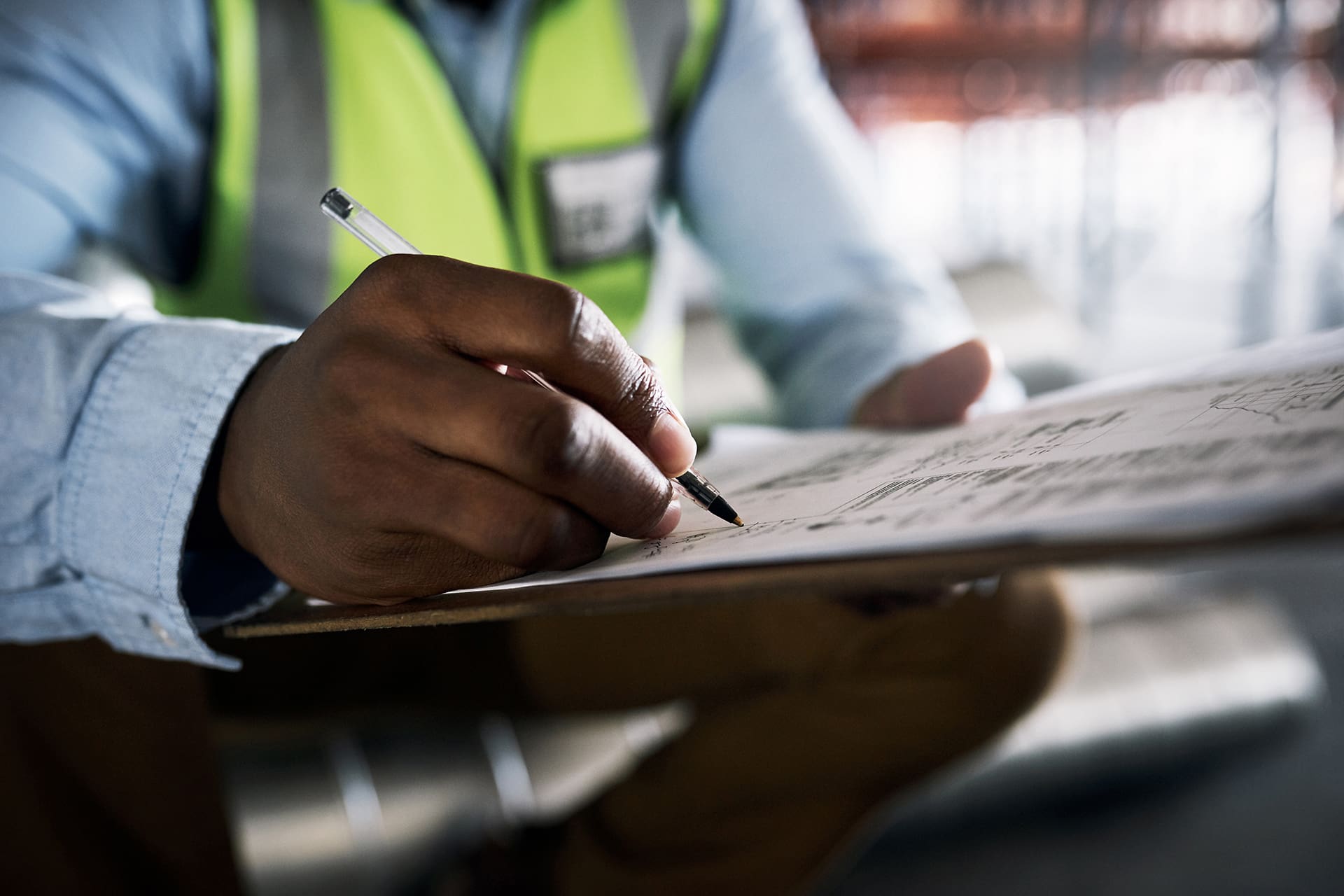
SAVING LIVES FIRST
The first priority in any emergency must be the preservation of human life. Injured parties must be attended to immediately. After that, the preservation of property and the continuation of operations can be considered. There should always be at least one person on the jobsite trained to administer first aid including cardiopulmonary resuscitation (CPR). Project managers should be familiar with the nearest available emergency and medical services and be ready to call them quickly when needed.
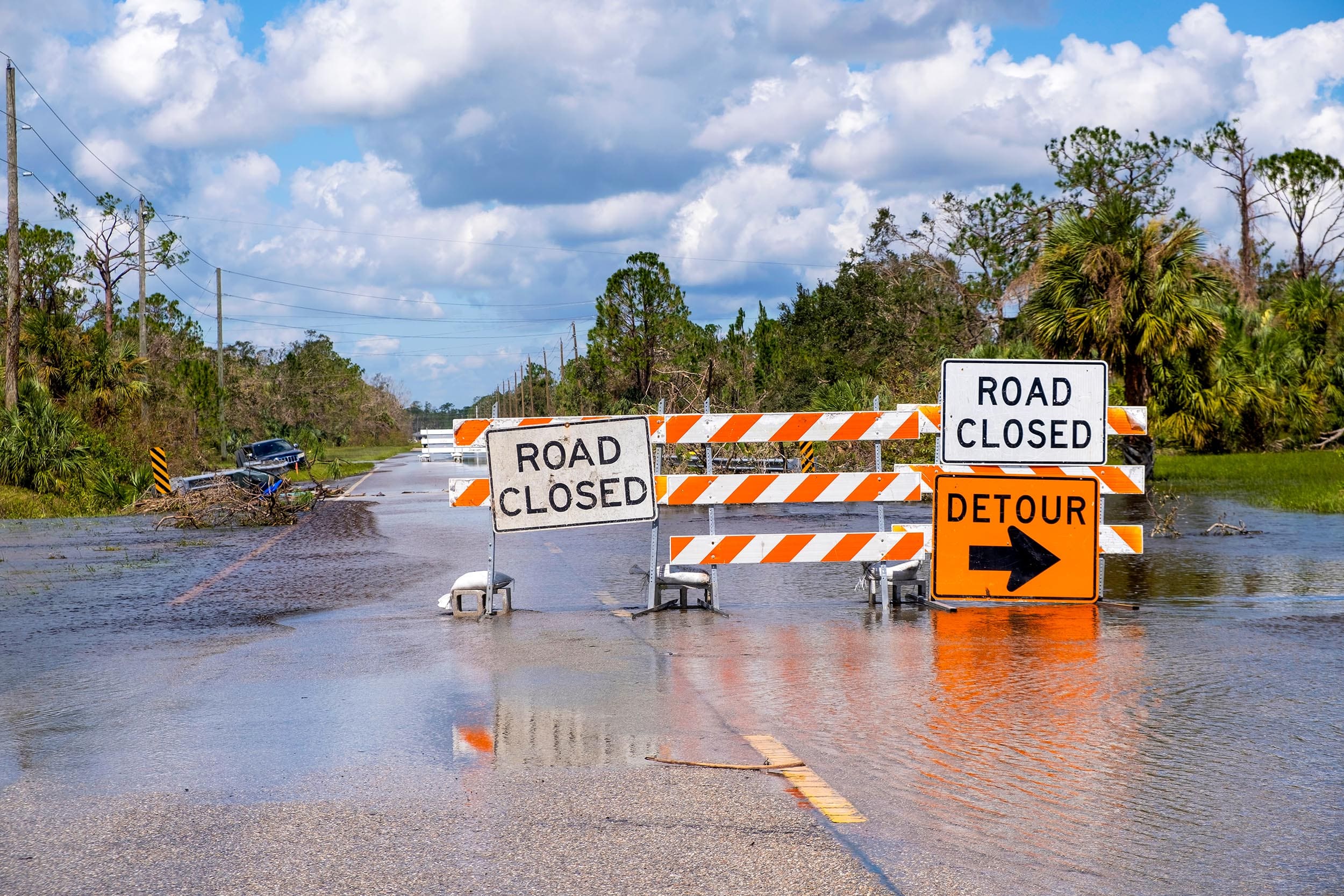
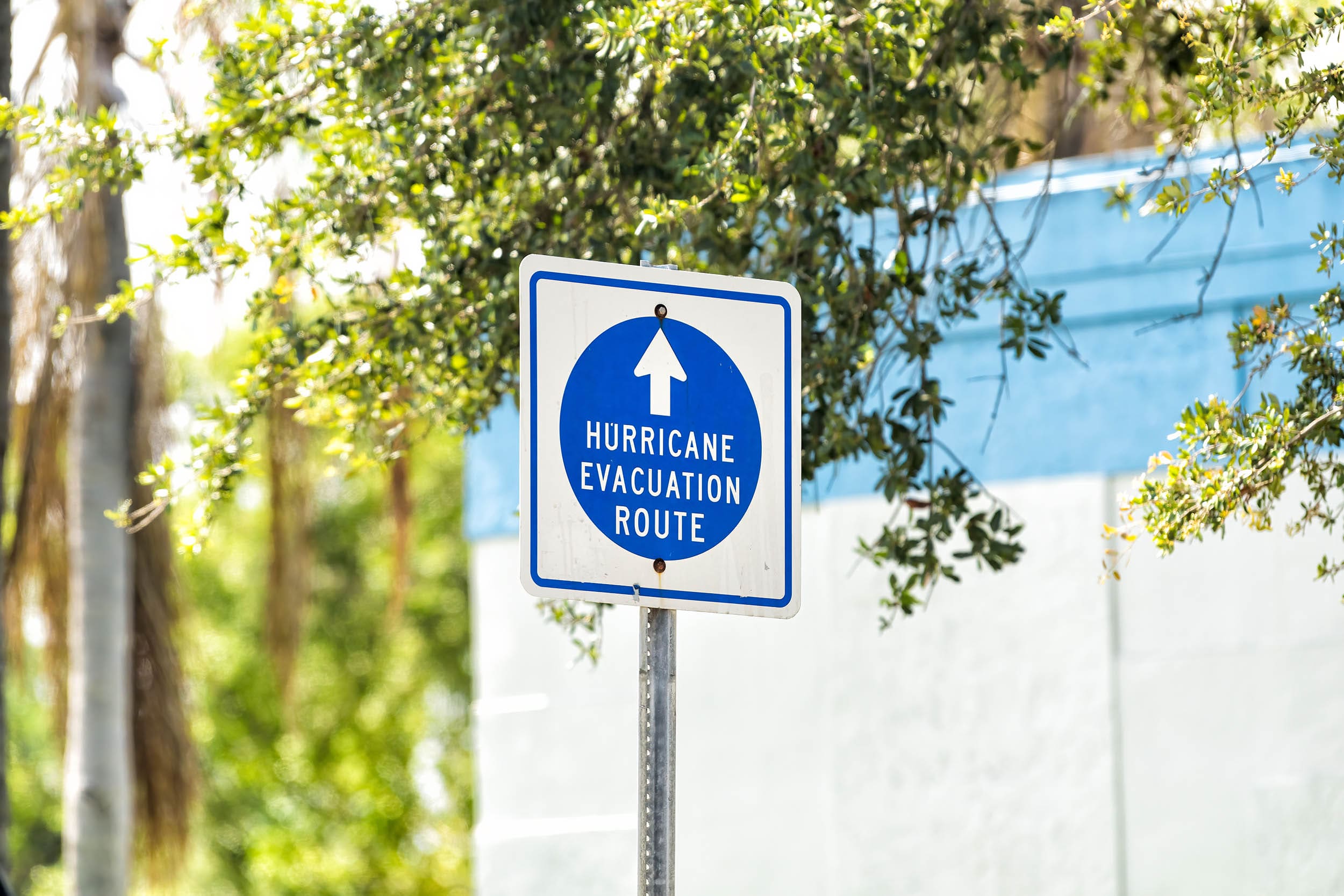
PREPARING FOR CATASTROPHIC EVENTS
Some emergencies are broader in nature, potentially affecting everyone on a project or even an entire region.
These can include weather events such as flooding, high winds, tornados, and hurricanes. Keeping a close watch on weather reports can help to avoid potential calamities, especially when large storms, tornados or hurricanes are predicted. It’s worth canceling a day of work to save lives.
Unfortunately, some catastrophic events are manmade: fires, explosions, chemical spills, sabotage, and terrorism are all realities that contractors must prepare for. To prepare for incidents involving fire, all jobsites should be equipped with fire extinguishers, and specific people should be trained and authorized to use them. Beyond that, most preparedness will focus on evacuation procedures. How will the entire workforce leave the scene if necessary? Are there enough working vehicles to evacuate everyone quickly? What are the available evacuation routes? Who will manage the process, and is that person trained for the role?
As with all emergency preparedness, these things must be planned out and rehearsed beforehand.
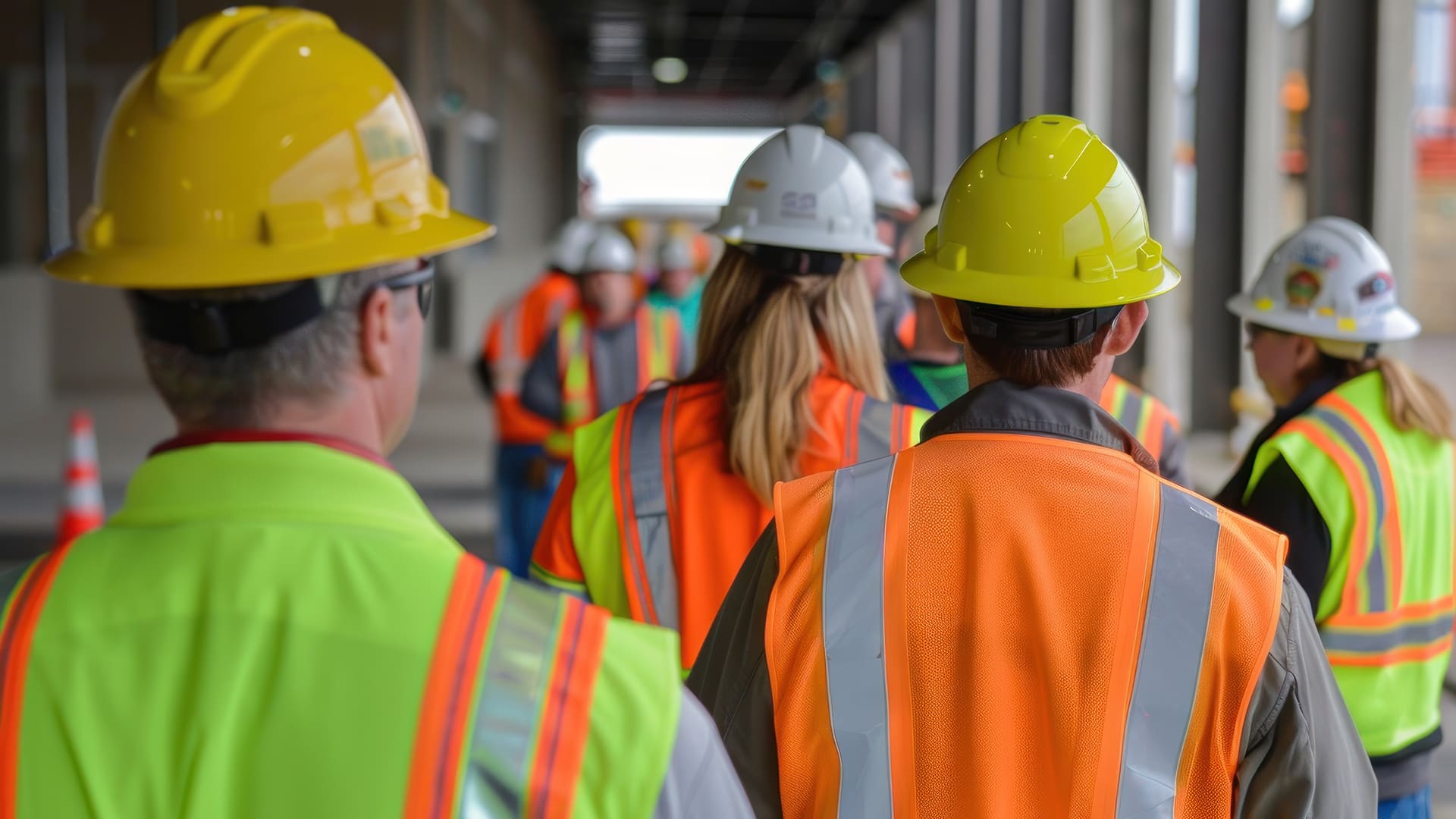
OSHA’S EMERGENCY PREPAREDNESS GUIDELINES FOR CONSTRUCTION
For the construction industry OSHA has promulgated specific requirements for several aspects of emergency preparedness, including:
Beyond these required protocols, OSHA also recommends some common-sense precautions. Construction firms should:
- Keep the phone numbers of emergency responders clearly visible in the workplace.
- Invite first responders to come to the workplace and examine emergency equipment and processes.
- Hold training drills that include employees and emergency responders.
- Appoint one person to serve as a liaison with emergency responders.
- Choose responsible employees to be responsible for maintaining emergency supplies and equipment.
- Acquaint employees with alarm systems and signals, such as horn blasts, sirens, or messages over a P.A. system.
- Keep important documents (either originals or duplicates) at a secure location offsite.
As always, the best emergency preparedness is to make sure emergencies don’t happen. But when they do, wise contractors are ready to act quickly and effectively.
REVIEW RAINWATER CONSTRUCTION’S SAFETY COMMITMENT
READ THIS NEXT
Stay up to date on the latest Rainwater Construction news and event – follow us on LinkedIn!


